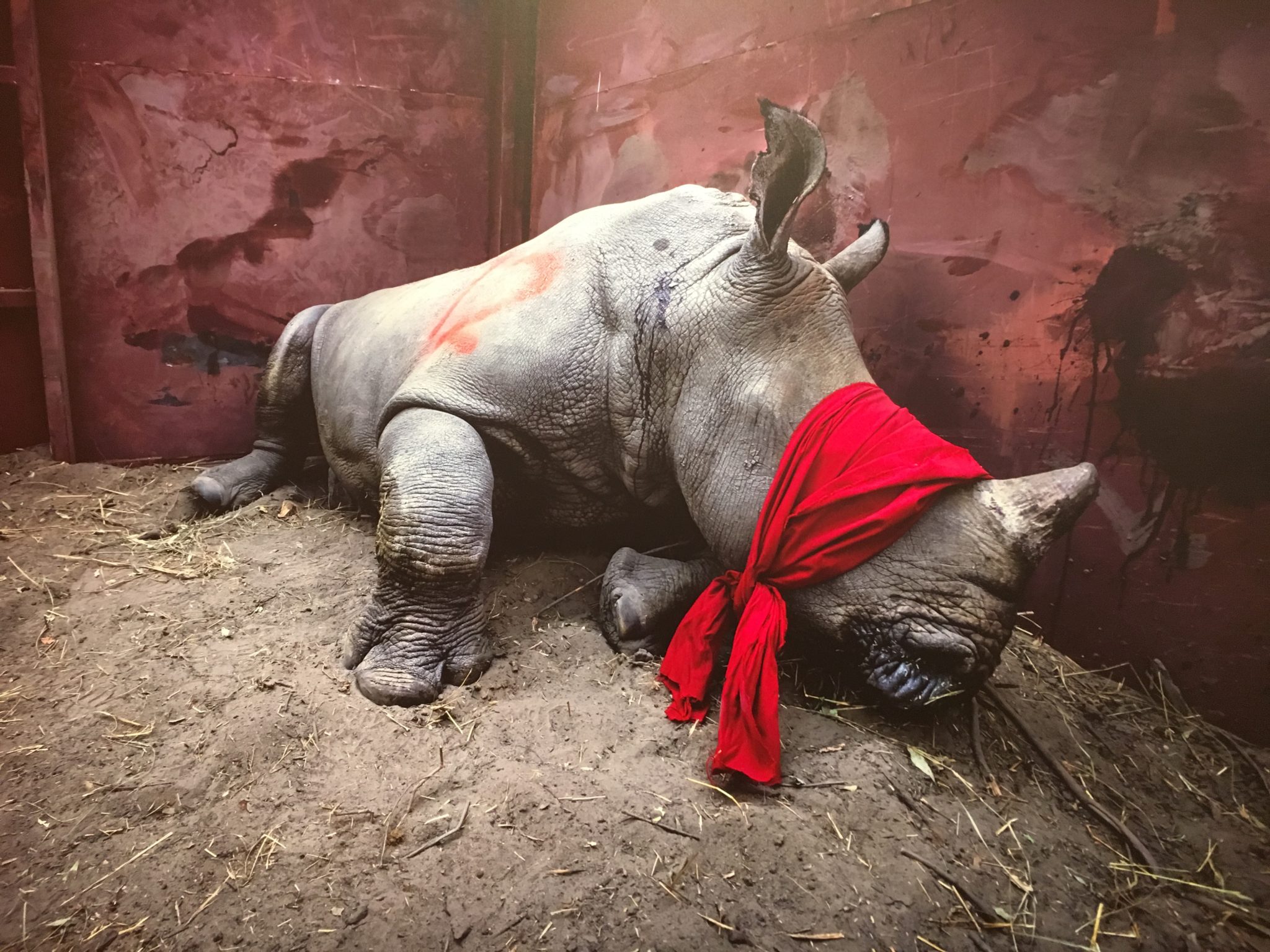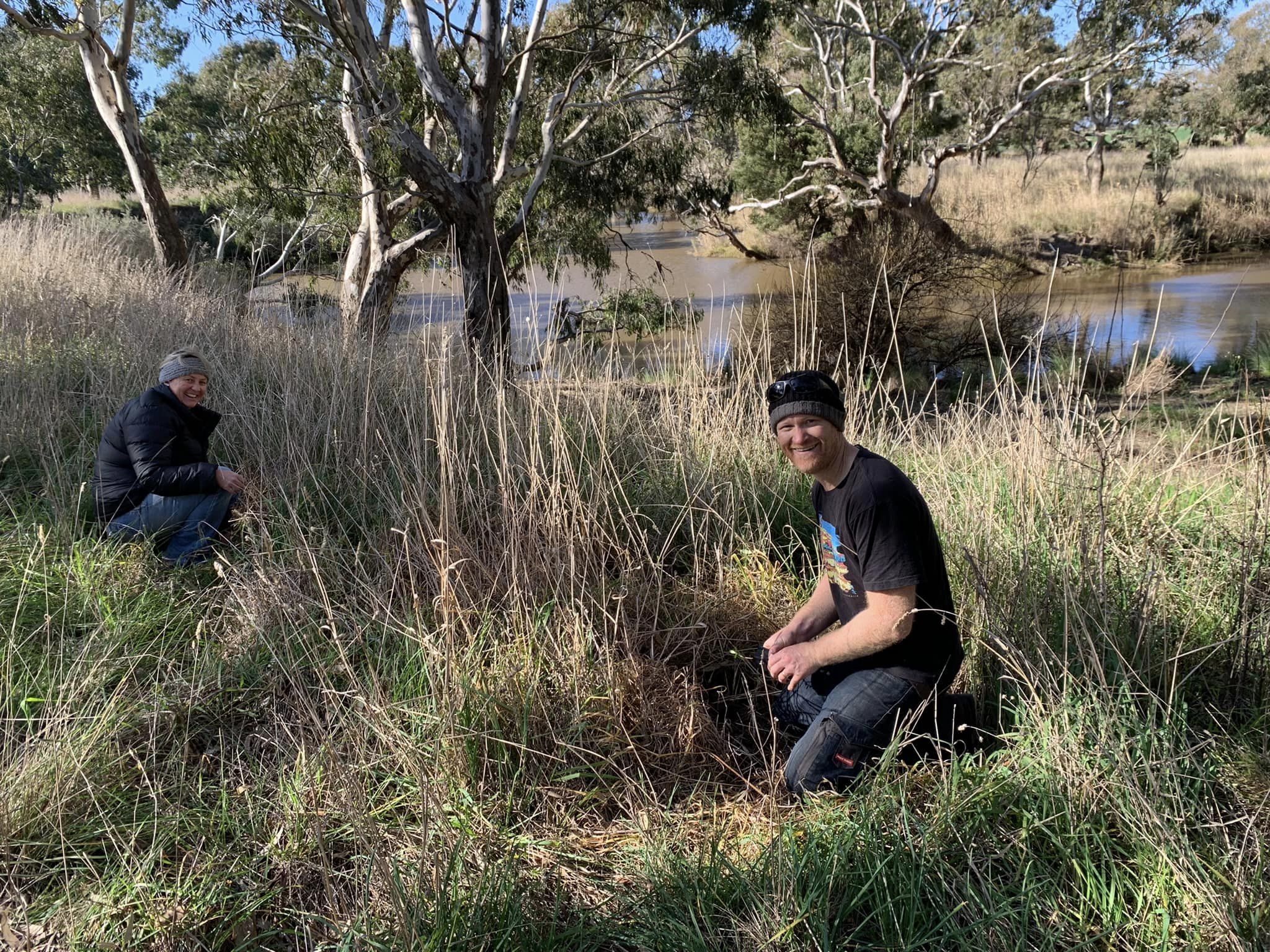I had the privilege to visit Sydney recently and I promptly made my way to the Public Library of New South Wales for their annual World Press Photo Exhibition. Now in its 61st year, over 4,500 photographers from 125 countries entered 73,044 photos to the contest.
The photos were very powerful. Enlarged to a massive size, they held us all entranced. Needless to say, I was interested in the Nature and Environment categories. Over the next few weeks, I want to show you the ones that resonated with me. I’ll start with this one by Neil Aldridge. It is actually a good story with this young rhino about to be released back into the wild.

“A young southern white rhinoceros, drugged and blindfolded, is about to be released into the wild in Botswana, after its relocation from South Africa for protection from poachers. Powdered rhino horn is highly prized, especially in Vietnam and China, for its perceived medicinal properties, and in places as a recreational drug. Botswana is saving rhinos from poaching hotspots in South Africa and re-establishing populations in its own wildlife sanctuaries”.
Photo by Neil Aldridge. South Africa. More information about the photographer and his story here.
So, why this photo? The red scarf wrapped around his eyes, drew me in. I knew that the last male Northern White Rhino had been put down in March and at first I thought this was him (Sudan). Then as I got closer to the photo, I realised that this rhino was a Southern White Rhino and he was in the hands of a wildlife sanctuary. These rhinos are a success story. At the beginning of last century there were only 50 – 100 left in the wild. Now, there are around 20,000. And this little guy was going to join them. So vulnerable but in good hands.
The event runs until June 24th, so you have a couple of weeks. Entry is free. Great access for wheelchairs.
Slàinte – Colleen


